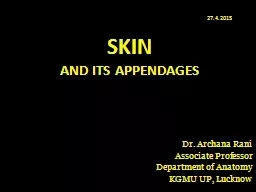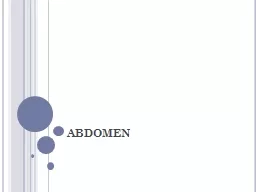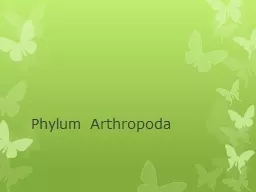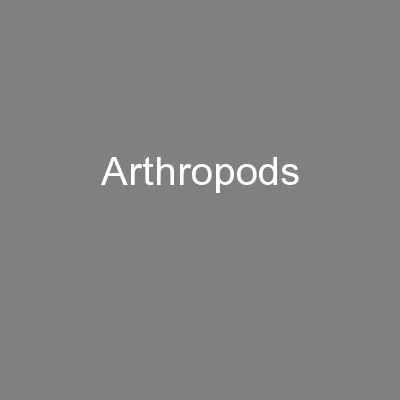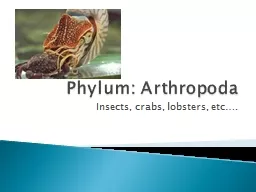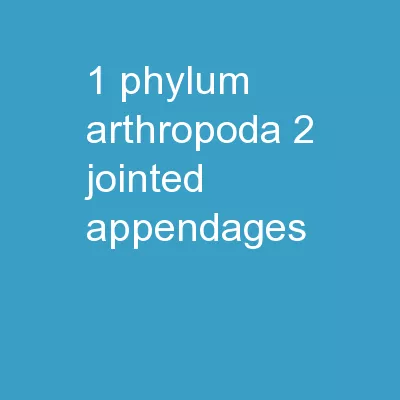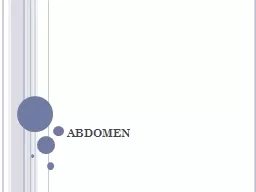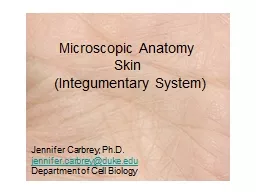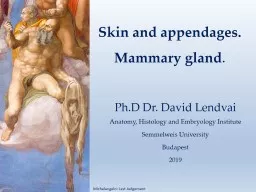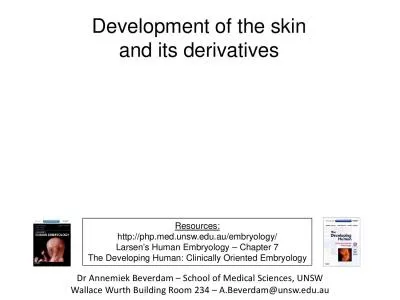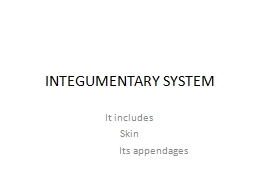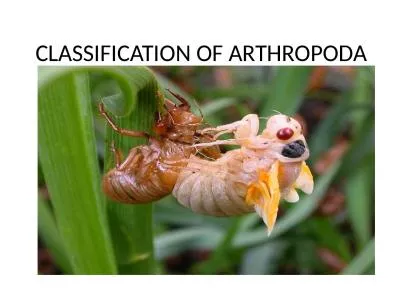PPT-SKIN AND ITS APPENDAGES
Author : jane-oiler | Published Date : 2018-03-06
Dr Archana Rani Associate Professor Department of Anatomy KGMU UP Lucknow 2742015 INTRODUCTION Skin is the outer covering of the body Skin and its appendages
Presentation Embed Code
Download Presentation
Download Presentation The PPT/PDF document "SKIN AND ITS APPENDAGES" is the property of its rightful owner. Permission is granted to download and print the materials on this website for personal, non-commercial use only, and to display it on your personal computer provided you do not modify the materials and that you retain all copyright notices contained in the materials. By downloading content from our website, you accept the terms of this agreement.
SKIN AND ITS APPENDAGES: Transcript
Download Rules Of Document
"SKIN AND ITS APPENDAGES"The content belongs to its owner. You may download and print it for personal use, without modification, and keep all copyright notices. By downloading, you agree to these terms.
Related Documents

